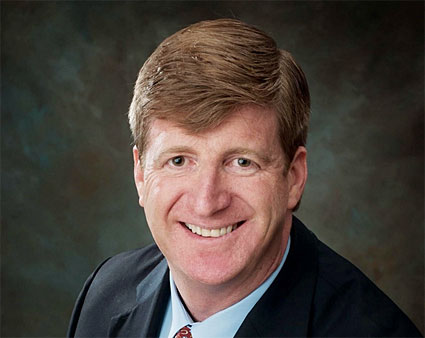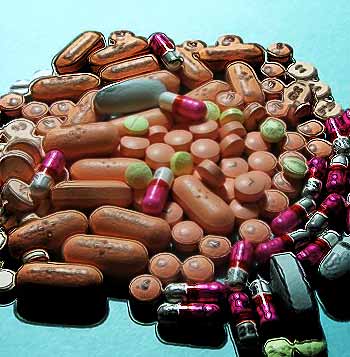Prescription Drug Abuse
Prescription drug abuse has been making headlines since celebrities
such as Rush Limbaugh, Michael Jackson and U. S. Representative
Patrick Kennedy, D-Rhode Island have brought the issue to the
forefront by checking into rehab to kick their habits. But, prescription
abuse is not only affecting the rich and famous as it is taking
a bite out of the middle class and lower socio-economic classes
as well. Abusing prescribed medication often leads to prescription
drug addiction.

A recent study by the National Institute on Drug Abuse (NIDA)
states that 20-percent of the U. S. population or 48 million people
have at one time used prescription medication for non-medical
uses. Our youth and our elderly populations are particular susceptible
to prescription drug addiction and abuse.
The elderly tend to take more medications than the general population.
Besides prescription drugs, the elderly also take a higher percentage
of over the counter (OTC) medication and dietary supplements,
which sometimes lead to severe drug interactions. Those 65 and
older account for only 13-percent of the U. S. population, but
ingest one-third of all prescription medication.
Besides the elderly, another
alarming trend has been prescription abuse in the youth population.
According to the NIDA in a 2004 survey, 9.3-percent of 12-graders
reported using Vicodin for non-medical uses within the past year.
Another 5-percent reported using Oxycontin
without a prescription.

Rush Limbaugh
But, prescription abuse among youths is not confined to painkillers
such as Vicodin and Oxycontin. Tranquilizers, stimulants, and
sedatives are also among the most abused prescription drugs for
those 12 - 17 years old. In addition, the Substance Abuse &
Mental Health Services Administration (SAMHSA) is now reporting
that prescription abuse for this age group with attention-deficit
/ hyperactivity disorder (ADHD) is at an all-time high.
In 2004, there were 8,000 trips to the emergency room just
for those taking methylphenidate (Ritalin or Concerta) and
additional trips for those taking other ADHD drugs (stimulants)
as well. Of those trips to the emergency room, 32-percent
were for the ADHD stimulant alone and 68-percent were for
the prescription medication in combination with either alcohol,
illicit drugs or other prescription medication.
Another alarming trend in
prescription drug addiction that covers all segments
of the population is the misuse of opioid prescription painkillers.
In 2002, overdoses of painkillers such as oxycodone (OxyContin),
methadone, morphine, hydrocodone and fentanyl killed more than
16,000 people surpassing for the first time those who have overdosed
from either cocaine or heroin.

Patrick Kennedy
Many physicians caution that prescribed painkillers serve
a valuable purpose and their use should not be curtailed.
They point to the fact that many who abuse prescription drugs
will steal the medication from clinics, doctor shop, buy it
on the streets or even buy it off the Internet.
Drug addiction treatment
for prescribed medications is similar to that for illicit
drugs as both are treated as a brain disease. Two typical
methods of treating prescription drug addiction is with behavioral
therapy and pharmacological therapy.
|



